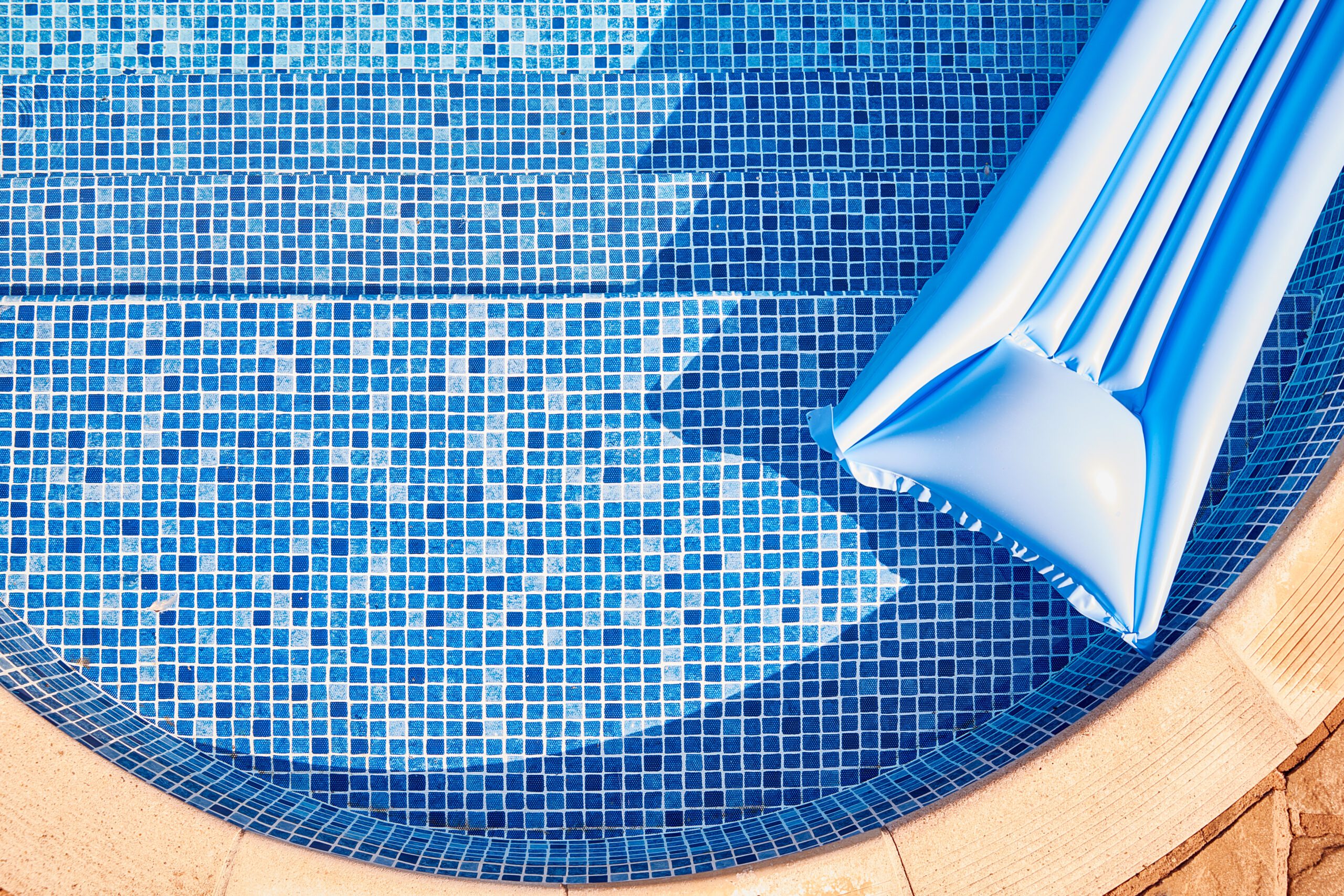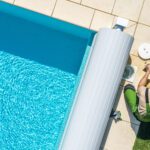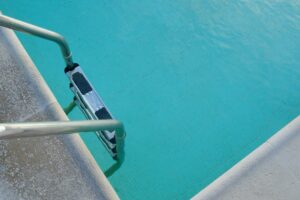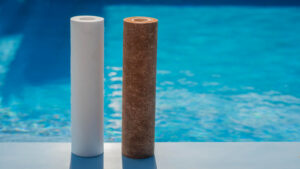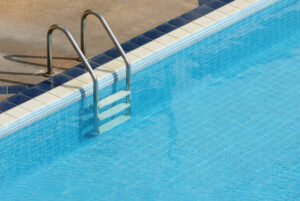Choosing the right pool liner is key to ensuring your backyard pool looks inviting and remains in good condition for years to come. As your regional experts in backyard living, we understand that the process might seem daunting at first, especially with the variety of options available. That’s why we’re here to guide you through the nuances of selecting the perfect liner that suits your aesthetic and your pool’s specific needs.
Pool liners play a critical role, not just in making the pool look visually appealing, but also in ensuring its longevity and ease of maintenance. Whether you’re installing a new pool or replacing an old liner, understanding the different types of liners and what makes each unique can greatly influence your satisfaction with the final result.
So, let’s explore various pool liners, discuss important factors to consider, and provide tips on measuring and maintaining your liner. We aim to simplify the process and help you make an informed decision, ensuring your pool remains a centerpiece of backyard fun.
Understanding Different Types of Pool Liners
When we dive into the world of pool liners, you’ll find there are primarily three types to choose from, each with its unique benefits and considerations. The first type is the vinyl liner, popular for its cost-effectiveness and soft surface. Vinyl liners are versatile and available in a vast array of designs and patterns. However, they may require replacement every 5 to 9 years, depending on care and usage.
Next are fiberglass liners, which are incredibly durable and offer a smooth finish that’s resistant to algae buildup. Fiberglass liners are built for longevity but come with a higher upfront cost than vinyl. Lastly, concrete pool liners, often coated with plaster or tile, offer the highest level of customization. They are highly durable but require meticulous maintenance to preserve their aesthetic appeal.
By understanding these types, you can better assess which liner aligns with your pool’s needs and your personal preferences.
Factors to Consider When Choosing Your Pool Liner
Choosing the right pool liner involves more than just picking a color or pattern. Several key factors must influence your decision to ensure the liner performs well and lasts for many seasons.
First, consider the liner’s material and thickness, as these will determine its durability and resistance to tears and punctures. Thicker liners, often measured in mils or gauges, typically offer greater longevity. Next, think about the liner’s texture. Some liners feature embossed surfaces that provide extra grip and safety underfoot, a crucial feature for families with young children.
Additionally, the climate in your area plays a vital role. Liners react differently to varying temperatures and weather conditions. For instance, vinyl liners are better suited for regions with mild climates since extreme cold can make them brittle and prone to damage. Also, assess the warranty offered with the liner—it’s essential to have good coverage as a safeguard against potential defects.
Finally, aesthetic preferences are vital; the liner’s color and pattern should complement your backyard décor and style. By taking these factors into account, you’ll be well-equipped to select a liner that meets both your practical needs and visual tastes, ensuring your pool looks great and functions smoothly season after season.
Step-by-Step Guide to Measuring Your Pool for a Liner
Measuring your pool accurately is crucial for ensuring that your new liner fits perfectly. An ill-fitting liner can lead to wrinkles, leaks, and premature wear, so taking precise measurements is a step you cannot afford to overlook. Let’s break down the measurement process:
First, it’s important to determine the shape and size of your pool. For rectangular pools, measure the length and width from wall to wall at the widest points. For oval or round pools, measure the diameter across the widest part of the pool. Don’t forget to measure the depth from the deepest part of the pool to the water line and not the top of the pool wall.
Next, consider any cutouts or unique features, such as stairs or benches. It’s vital to measure any area that will require the liner to adapt its shape. We recommend using a flexible measuring tape to ensure accuracy around curves and corners. Document these measurements carefully, and always double-check them before purchasing your liner.
Maintenance Tips for Extending the Life of Your Pool Liner
Maintaining your pool liner extends its life and keeps your pool looking great. Here are key tips to help you get the most out of your pool liner:
Firstly, maintain proper water chemistry. Fluctuations in pH levels can cause the liner to become brittle and crack. Keep your pool’s pH levels stable by regularly checking and adjusting as necessary to maintain a balanced range of 7.2 to 7.8.
Secondly, avoid sharp objects in and around the pool. Tears and punctures can occur from toys, tools, or pool maintenance equipment. We recommend training all pool users to be mindful of the items they bring into the pool.
Additionally, clean your liner gently and periodically. Use cleaners specifically designed for pool liners to avoid damaging the material. Harsh chemicals can degrade the liner faster, so opt for gentle cleaning agents and soft cleaning tools.
Selecting the Right Pool Liner for Your Specific Needs
Choosing and maintaining the right pool liner is essential for your pool’s aesthetics and longevity. Understanding the different types of pool liners available, considering crucial factors when choosing your liner, and measuring and maintaining it correctly ensure a durable and attractive pool setup.
Remember, the right preparation and maintenance not only prolong the life of your pool liner but also enhance your swimming experience. Should you need any further assistance or wish to explore a variety of high-quality pool liners and accessories, visit us at Cincinnati Pool & Patio.
Our dedicated team is here to help you make the best choices for your pool, ensuring it remains a source of joy and relaxation for years to come.


